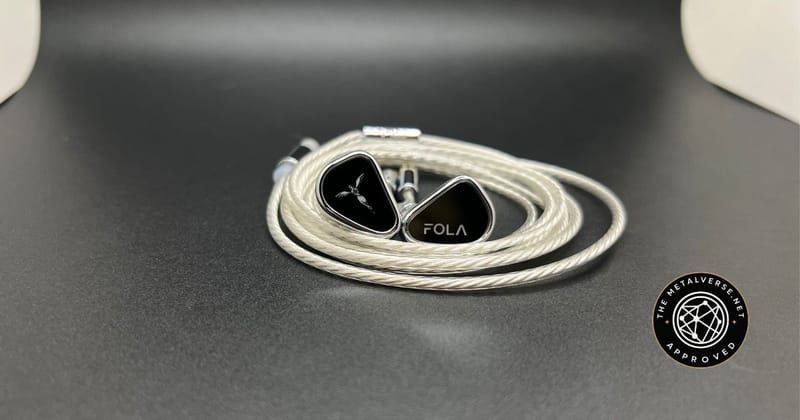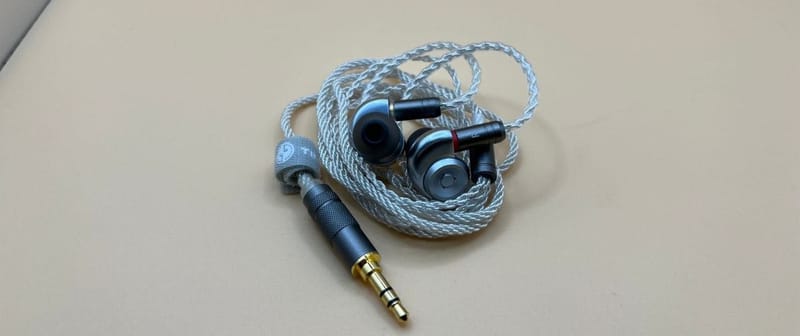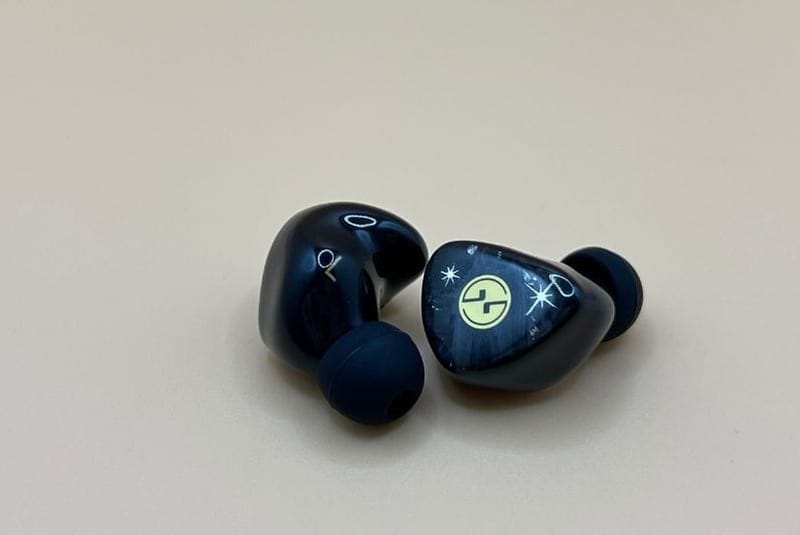Kiwi Ears Orchestra II Review: The 2nd Iteration of the all-BA Flagship
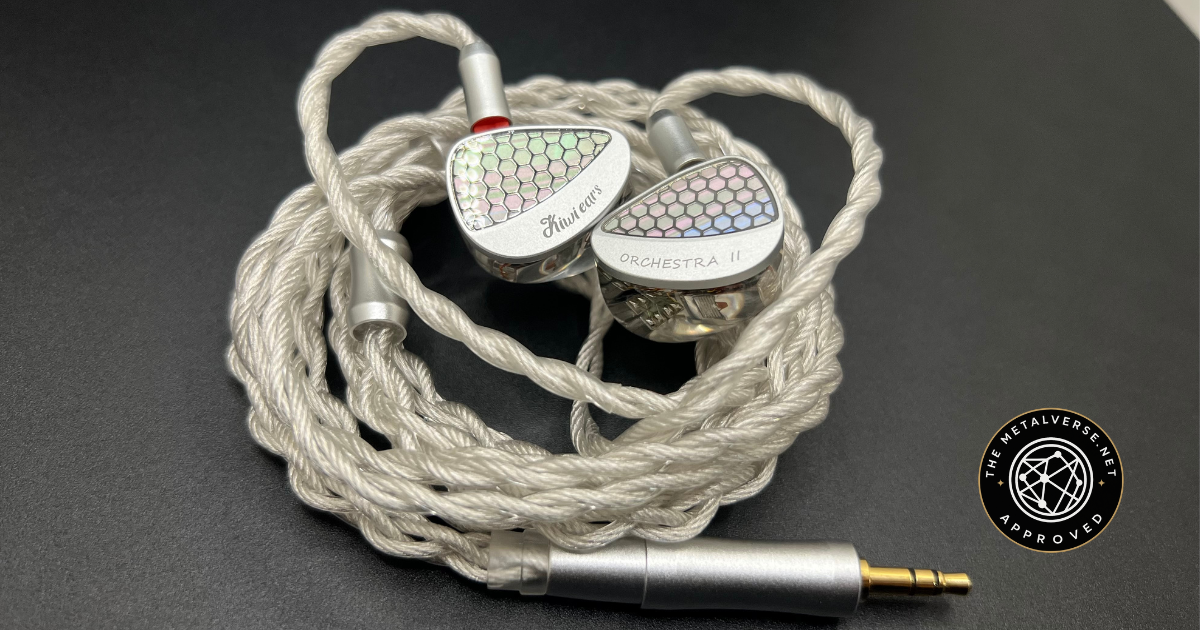
Disclaimer: I received this product in exchange for my honest review. The Metalverse is an independent website, and all opinions expressed are our own with no monetary incentive. We thank the team at Kiwi Ears and Linsoul for giving us this opportunity.
Kiwi Ears Orchestra II
Pros
- Exceptional treble
- Surprisingly impressive bass response for BA drivers
- Immersive soundstage
- Well-balanced sound with incredible clarity
Cons
- Required more tip-rolling than normal for me to get an ideal seal
About Kiwi Ears
Kiwi Ears emerged from Shenzhen, China, as a brand dedicated to extraordinary audio reproduction through handcrafted precision. Owned by Linsoul Audio, the company has built its reputation on meticulous engineering, with each unit undergoing dual quality control inspections and left-right channel frequency matching.
The company's small team of dedicated engineers handcrafts each unit with musicians and studio professionals in mind. From entry-level models to multi-driver flagships, Kiwi Ears has established itself as a serious contender in the competitive Chi-Fi market.
The Kiwi Ears Orchestra II
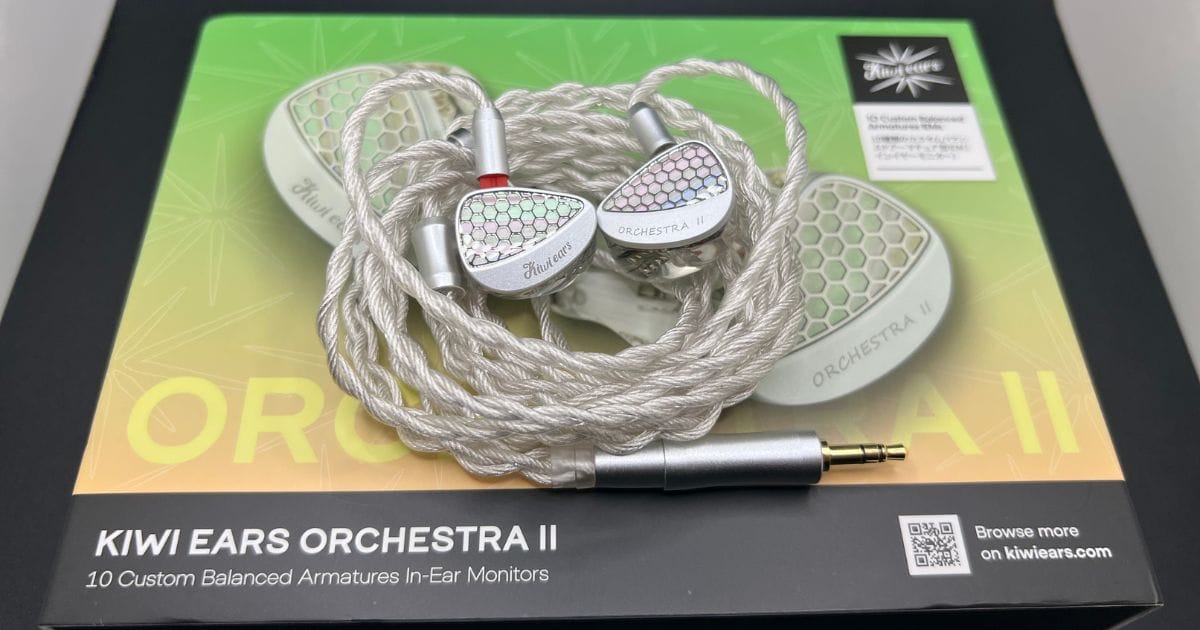
The new Orchestra II is Kiwi Ears newest flagship IEM, following their previous iterations, the original Orchestra (2021) and the Orchestra Lite. The Orchestra II flagship features 10 Custom Balanced Armature Drivers per ear, and it is priced at $349 USD.
The original Orchestra ha 8 BA drivers and was priced at $500, showing how much audio technology has evolved in the past 4 years, with the Orchestra 2 being significantly more affordable and including a higher, more capable driver configuration. The all BA design is built to create a natural, tonally balanced sound that has excellent detail retrieval across all genres. Kiwi Ears markets it to music lovers, games, and musicians alike.
Packaging
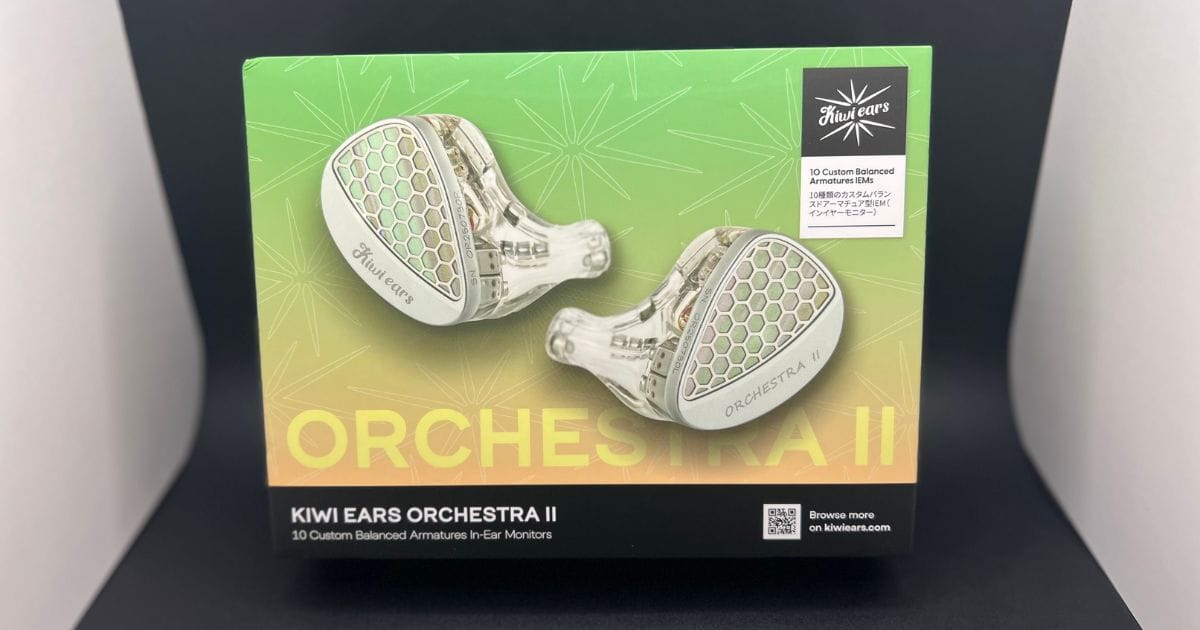
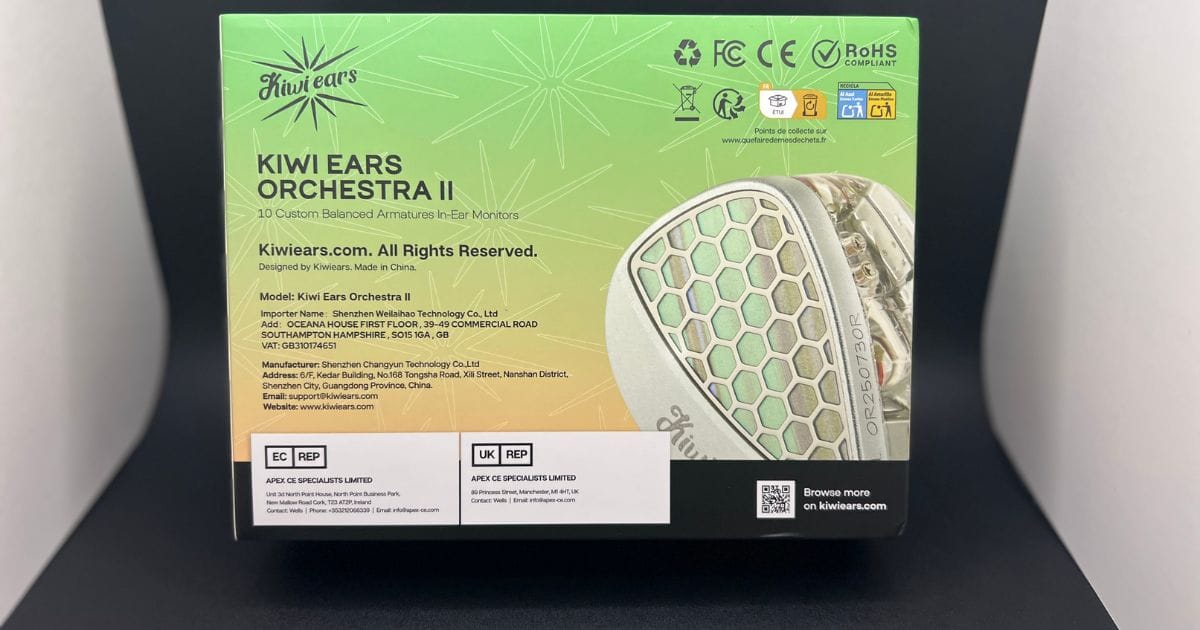
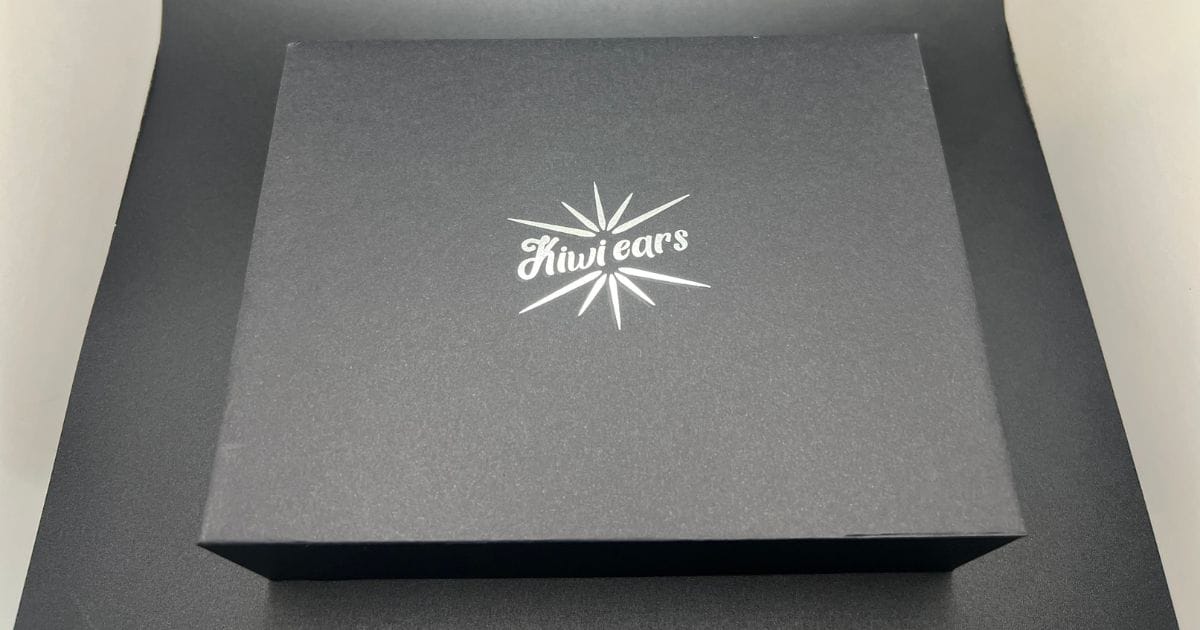

What's In The Box?
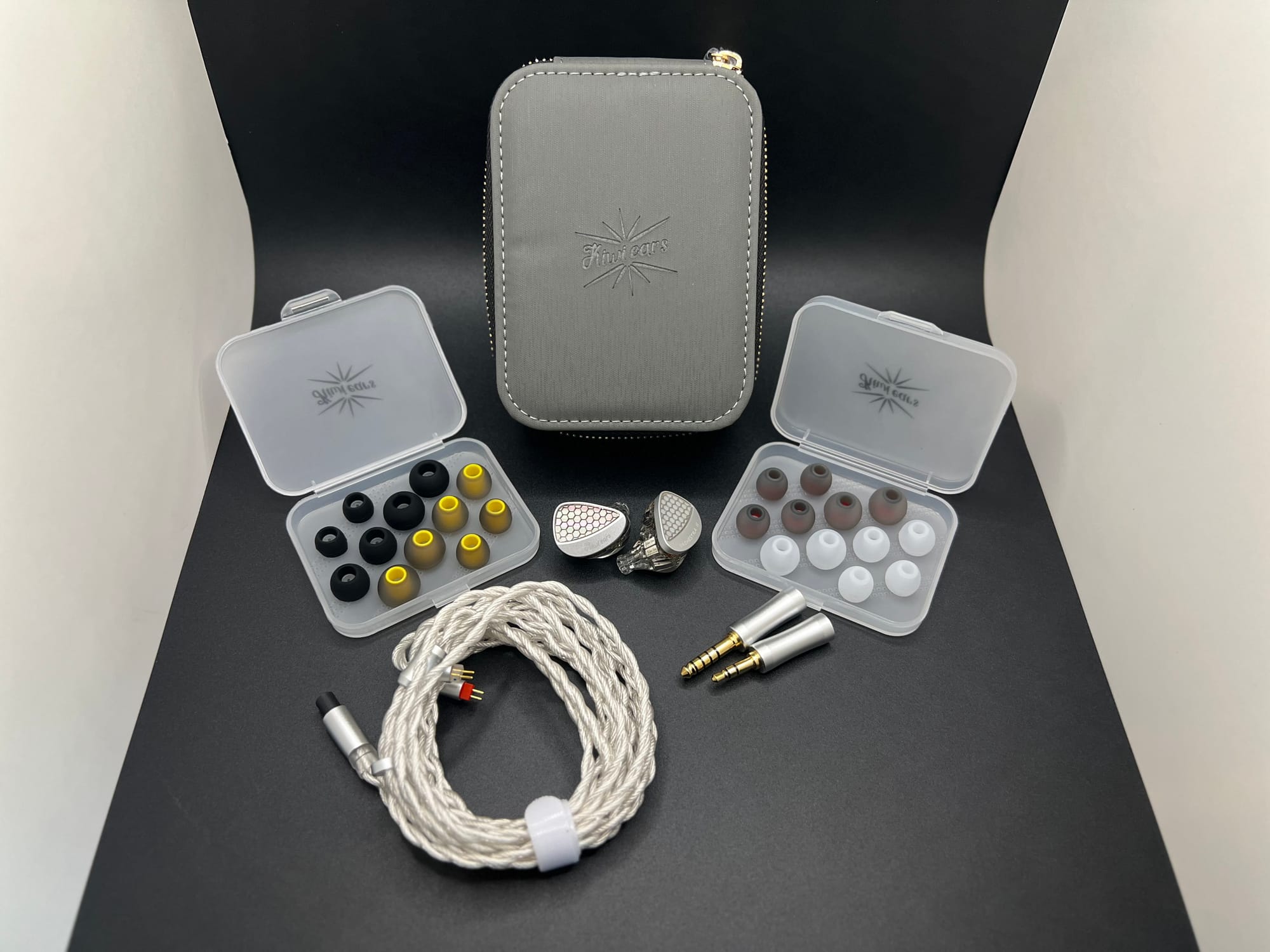
- 1 x Orchestra II
- 12 x silicone ear tips (S, M, L)
- 1 x 3.5mm adapter
- 1 x 4.4mm adapter
- 1 x Cable
- 1 x Carrying Case
Ear Tips
With 12 pairs of ear tips included, there are a good amount of options here although some of the tips didn't offer the best seal for me personally. I do really appreciate the 2 ear tip containers sent here as many companies send small plastic bags and the containers are much more useful for storing and organizing your ear tips.
Cable
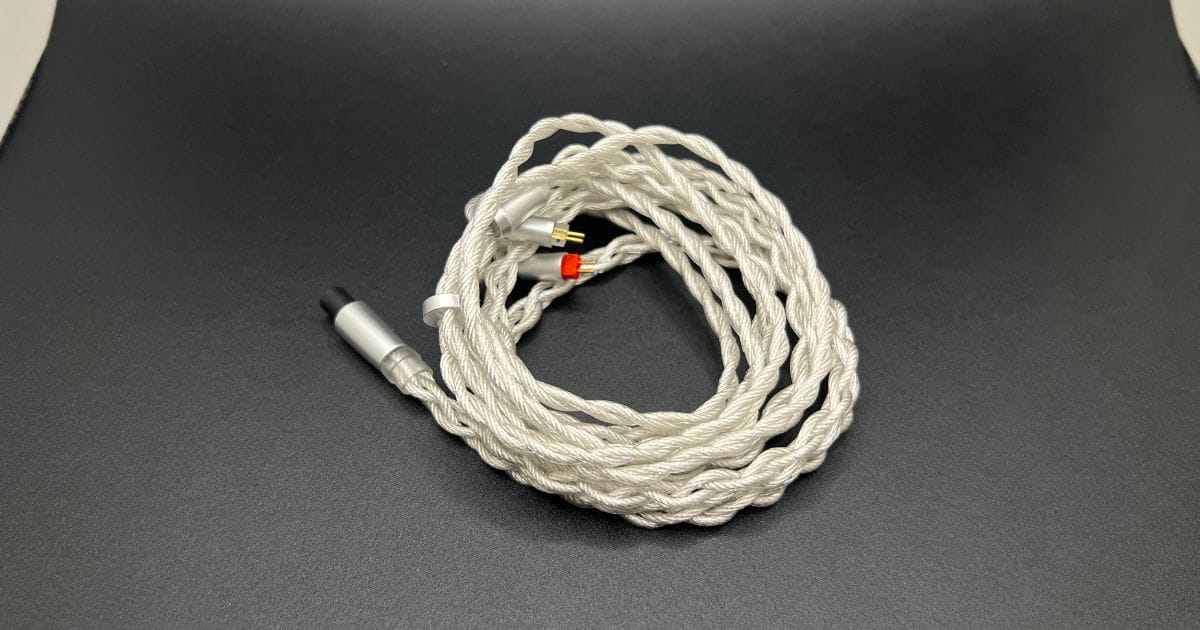
The single crystal copper silver-plated cable, is really great and the shiny white look matches the design of the shells nicely. The cable has a smooth feel to it and the quad-braids make for a thick and durable feeling chord. This feels like a premium cable and is a welcome inclusion.
Case
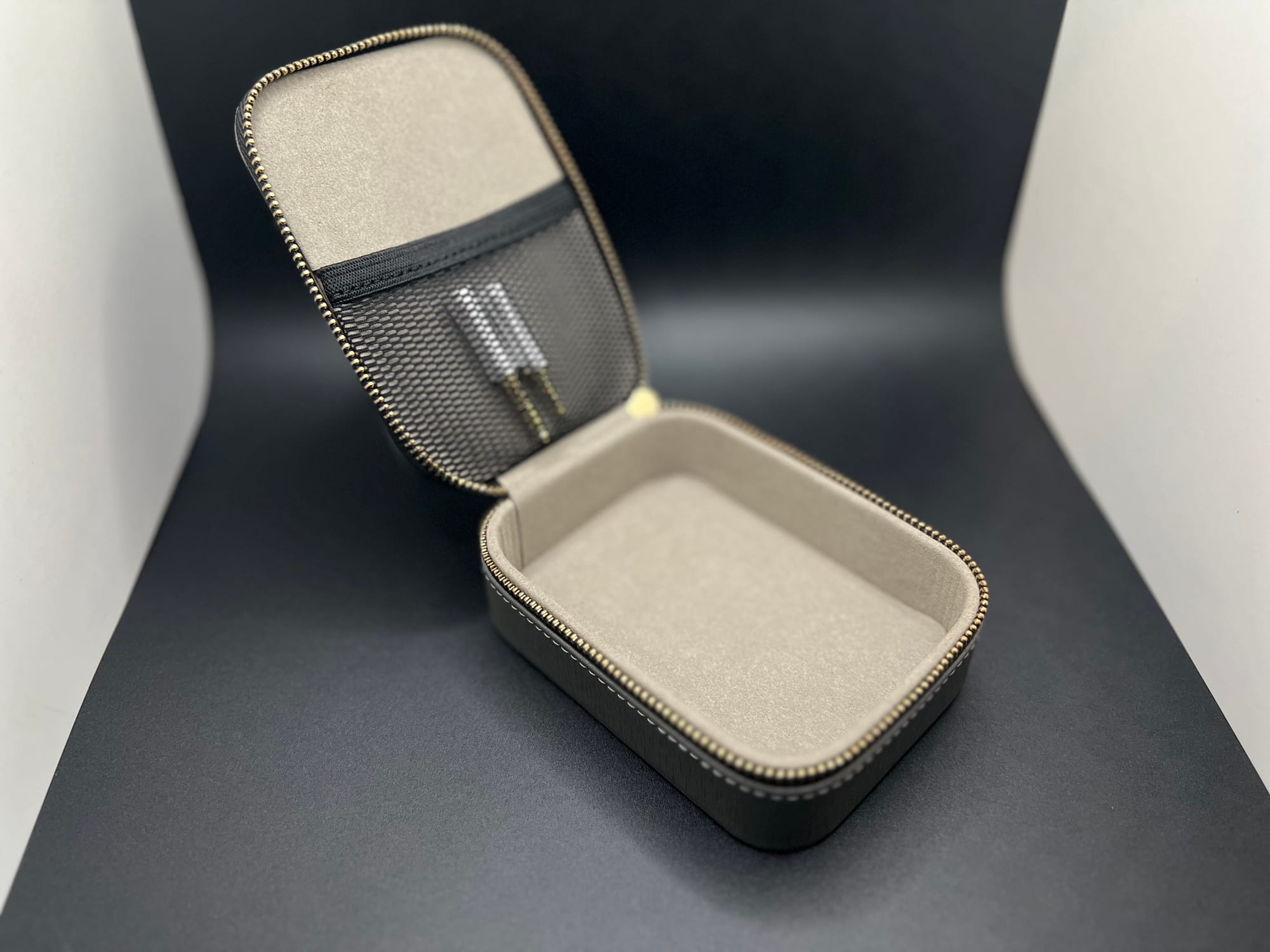
The zip-up case offers enough space for the Orchestra II, extra tips, and whatever else you might need on the go. Its got enough hardness to it that you can feel comfortable knowing your in ears are safe while traveling.
Build Quality and Design

The Orchestra II makes a great first impression. The faceplate combines premium aluminum with an iridescent, pearl-like finish overlaid with a hexagonal "bee-hive" grid pattern.
The real showstopper is the crystal-clear resin shell. Through the transparent body, you can see every internal component: four compact treble BAs, four mid-frequency drivers, and two large custom bass drivers with clear acrylic housings. These proprietary woofers showcase Kiwi Ears engineering—you can actually see the copper coils and metal plates inside. Kiwi Ears has even branded each driver with their logo, designed to be visible through the shells.
The driver configuration breaks down as follows:
- 2 Transparent Low-Frequency Custom BAs
- 4 Mid-Frequency Custom BAs
- 2 High-Frequency Custom BAs
- 2 Ultra-High-Frequency Custom BAs
All drivers are proprietary Kiwi Ears designs, routed through a 4-way crossover with three acoustic channels. The attention to detail extends to the 2-pin connectors, which sit flush with the shell and feature clear resin construction that maintains the aesthetic transparency.
The shells themselves are solid acoustic resin, designed to provide superior noise isolation while minimizing harmonic distortion. At this price point, the build quality is exceptional—these feel like IEMs twice their cost.
Sound

The Orchestra II has an overall balanced sound presentation. Kiwi Ears designed these to have a realistic, tonally accurate sound that feels accurate to how music was created. With that being said, many neutral headphones can feel more boring at first, though I did not notice that at all with these. The Orchestra II while maintaining a balanced tuning still feels musical and fun to listen to. These IEMs handle all frequency ranges with ease and don't have any area of sound that feels lacking.
Bass
The Orchestra II's bass really shows off the strengths of BA tuning. Is this the visceral, room-shaking low-end of a dynamic driver? No. But it's far more capable than typical BA bass and more impactful than expected for a neutral IEM design.
Speed and definition dominate the low frequencies. Transient attack is lightning-fast, with clean, precise decay that never bleeds into the midrange. Sub-bass extension reaches very deep with surprising texture and detail.
Mid-bass punch is present and impactful when the music calls for it, though it maintains restraint. Bass guitar in rock tracks comes through with authentic timbre and natural weight, while electronic music maintains clean separation between bass elements and other instruments.
The proprietary transparent acrylic bass driver housings appear to deliver on their promise. Compared to older all-BA designs, the Orchestra II presents bass with more natural decay and better tonal characteristics. By all means this isn't a bass-head set, but the bass is quite impressive here and in my opinion will be sufficient for the majority of listeners.
Mids
The midrange on the Orchestra II is quite excellent. Everything comes across with a smooth and highly-detailed presentation that feels very realistic. Vocals come across clean, clear, and with a slight brightness to them that makes them pop.
Kiwi Ears did an excellent job of creating a balanced presentation that feels natural while still keeping a sense of energy that keeps songs sounding bright and exciting rather than so analytical that they feel boring. Mids resolve with body creating a sense of fullness while clarity remains impressive revealing micro-details and organic instrumental texture.
Though the Orchestra 2 has a great bass presence it doesn't overwhelm mids and individual instruments can be clearly heard in busy mixes. Guitars sound thick and genuine, while piano and strings come to life with striking realism.
Treble
The treble response represents significant improvement over the Orchestra Lite, which some found overly spicy in the upper frequencies. The Orchestra II extends even further yet feels smoother and better balanced throughout.
Highs are clean, airy, and highly revealing. Detail retrieval in the treble region is spectacular, competing with much more expensive options. Cymbals, hi-hats, and percussion instruments carry crisp attack with natural decay and realistic timbre.
Extension is seriously impressive, with a nice sense of air and space in the highest frequencies, contributing to the IEM's expansive soundstage. This extension comes without harshness or metallic timbre, though treble-sensitive listeners should note that the Orchestra II does have presence in this region. Sibilance is generally well-controlled. Even on tracks known to have harsher mixes, the Orchestra II presents a slight sheen rather than painful spikes.
For orchestral music, as it's name suggests, the treble handles the complexity of multiple instrumental sections beautifully. Brass instruments reproduce with accurate bite, string sections maintain natural texture, and the overall tonal balance remains consistent across frequency ranges.
Technical Performance
The Orchestra II's timbre is accurate and natural, and instruments and voices sound convincingly real.
The Orchestra II creates a three-dimensional soundstage with impressive width, depth, and height. Sounds can be heard in different positions in space around your head, creating an immersive soundstage.
The soundstage remains stable during dynamic passages and scales appropriately with the recording. Intimate jazz trios feel close and personal, while orchestral works expand to fill a convincing concert hall space. When listening to spatial audio you can hear sounds swirling around your head, creating a realistic sense of
Instrument positioning within the soundstage is precise and clearly defined. You can easily pinpoint where each element sits in the mix, with excellent left-right separation and convincing depth cues. Layering is similarly impressive, allowing complex passages to remain untangled even when multiple instruments occupy similar frequency ranges.
For gaming and movie watching, these technical capabilities translate to excellent directional audio and immersive spatial effects.
Comfort and Isolation

The Orchestra II presents something of a mixed bag in the comfort department. The shells are lightweight and ergonomically shaped, which helps reduce fatigue during extended listening sessions. The solid resin construction with provides exceptional passive noise isolation—some of the best among non-custom IEMs.
However, the nozzles are notably long and wide (approximately 6mm diameter), which requires careful tip selection. I found myself tip-rolling (changing through multiple tips) longer than I normally need to, though I have since found an optimal seal.
Once you find the right tips, comfort is pretty good. The lightweight design means they don't create pressure points, and the cable's smooth texture helps keep them locked in place without constant adjustment. The unvented design can possibly cause slight pressure buildup for people who are more sensitive to ear pressure.
Isolation is definitely above average even without the use of foam ear tips. The combination of solid shells, gel filling, and proper seal blocks external noise remarkably well, making these excellent for commuting, air travel, or any noisy environment.
Comparisons
vs. Moondrop Blessing 3 ($320)
The Blessing 3 represents the "old meta" tuning philosophy with its 1DD + 4BA hybrid configuration. It's priced similarly to the Orchestra II at around $320.
The Blessing 3 offers a warmer overall tonality with more mid-bass presence, which some will prefer for genres like pop and electronic music. The dynamic driver provides more bass impact than the Orchestra II's BA woofers can muster.
However, the Orchestra II surpasses the Blessing 3 in several technical areas. Midrange transparency and detail retrieval are noticeably better on the Kiwi Ears. Treble extension is also superior, with better air and space in the upper frequencies. The Orchestra II's soundstage is slightly more expansive and three-dimensional as well.
Fit is another consideration—the Blessing 3's thicker nozzles cause comfort issues for some users, whereas the Orchestra II (despite also having wider nozzles) will work better for most people.
vs. Ziigaat Luna (6BA, $379)
The Luna is another all-BA design from premium makers Sonion and Knowles, priced at $379—just $30 more than the Orchestra II.
The Luna presents a notably warmer, more relaxed sound signature. It's smoother across the frequency range with less upper-mid/treble energy, making it less fatiguing during marathon listening sessions. The Luna's twin Sonion bass drivers create powerful low-end that rivals quality dynamic drivers while maintaining BA speed.
The Orchestra II has superior detail retrieval and clarity. It's brighter, more urgent, and more analytical. For critical listening and music production, the Orchestra II provides more useful information about the recording.
Both have excellent soundstages, though the Orchestra II's may be slightly more expansive. The Luna's smoother treble makes it more forgiving of poor recordings, while the Orchestra II will reveal more detail.
Final Verdict

The Orchestra II is in my opinion the best product I've tried from the Kiwi Ears so far. I received this a few weeks ago, before the price was officially announced, and my first impression was that this would be priced at about $500 similar to the original Orchestra. Considering the performance at $349, the Orchestra II is a smashing success that offers a high-level IEM at a much more accessible price.
The all-BA design reveals an exceptional level of detail while still keeping a touch of musicality that makes listening to music both fun and incredibly accurate. These are a versatile set that will deliver great audio across all genres of music, gaming, and movies.
Kiwi Ears has created more than just an improved Orchestra—they've set a new benchmark for what mid-fi all-BA IEMs should deliver. Highly recommended.
Technical Specifications
- Driver Configuration: 10 Custom Balanced Armatures per side
- 2 × Transparent Low-Frequency Custom BA
- 4 × Mid-Frequency Custom BA
- 2 × High-Frequency Custom BA
- 2 × Ultra-High-Frequency Custom BA
- Crossover: 4-way crossover system
- Frequency Response: 20Hz - 20kHz
- Sensitivity: 109dB SPL/mW
- Impedance: 19 Ohm
- Cable Connectors: 0.78mm 2-pin
- Cable Material: SP-OCC Single Crystal Copper (Silver-Plated)
- Cable Length: 122cm ± 2cm
- Cable Terminations: 3.5mm plug + 4.4mm balanced plug (modular)
- Included Eartips: 12 pairs (4 types, 3 sizes each)
- Included Accessories: Carrying case, modular cable, user manual
- Price: $349 USD
- Warranty: 1 year on IEMs, 3 months on cable
Thanks for reading! Check out more audio gear reviews and join our community of music enthusiasts.
- Read more of the latest rock/metal news here
- Subscribe to our Metal News Email list for weekly updates!
- Join our free 5-day music marketing email course!
- Support The Metalverse and go ad-free.
- Follow us on Social Media | Instagram | Facebook


